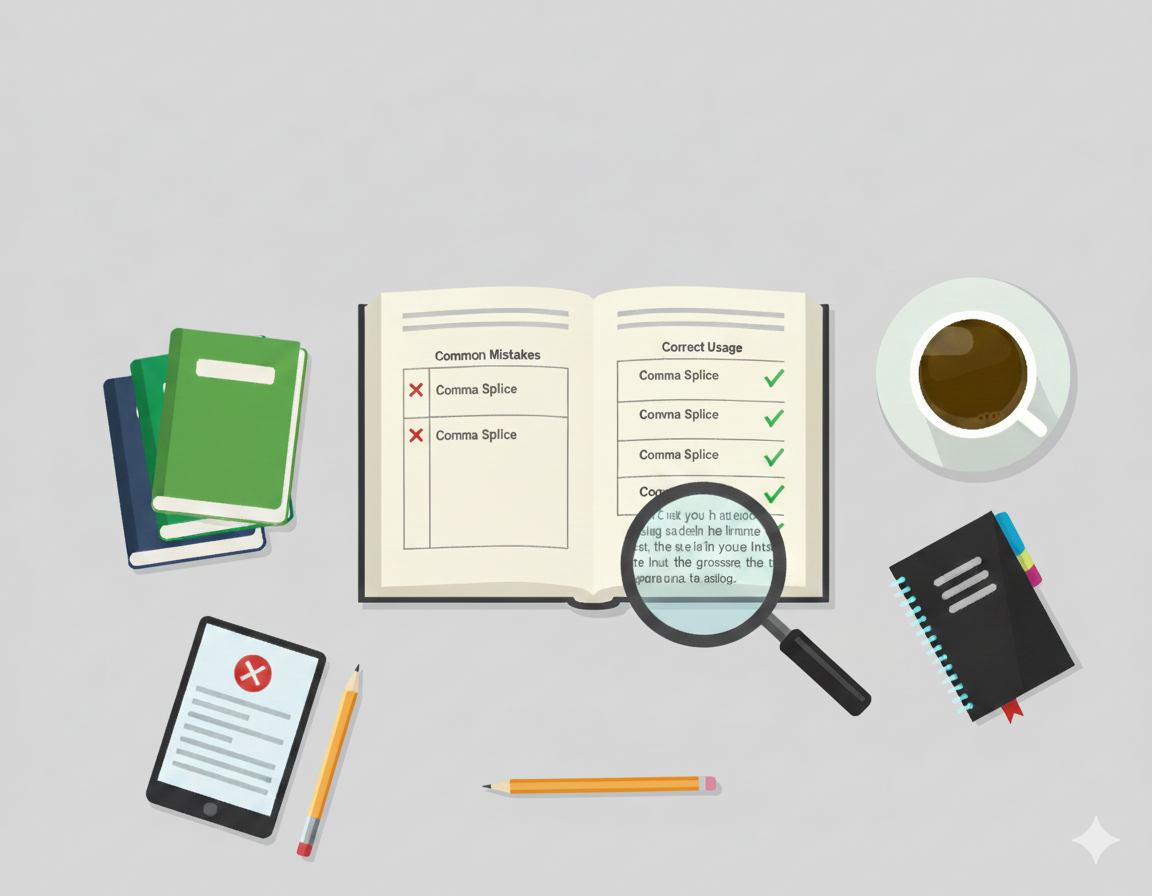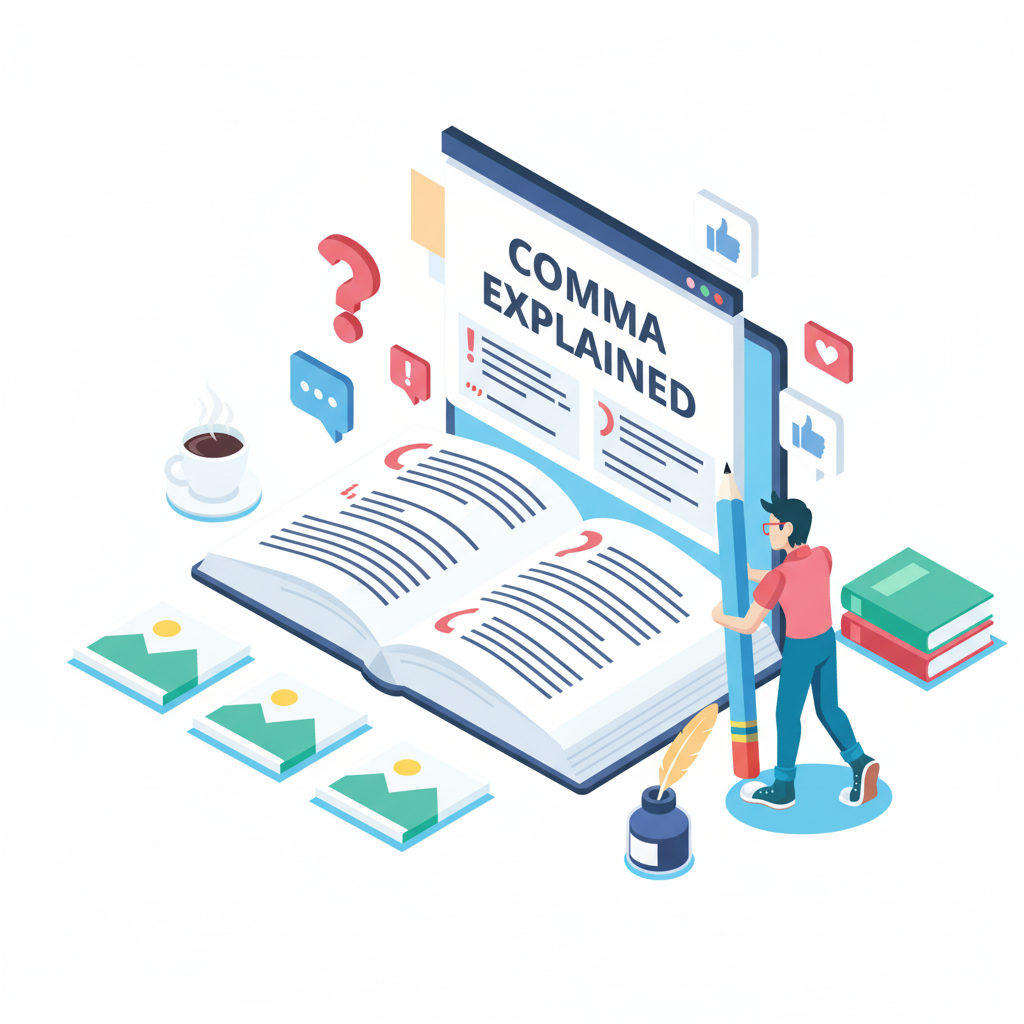
How to Avoid Common Grammar Mistakes in Academic Writing
How to Avoid Common Grammar Mistakes in Academic Writing
A practical guide for students: learn the most frequent grammar mistakes in academic writing and how to fix them for clarity, accuracy, and professionalism.
Why grammar matters in academic writing
Academic writing demands precision, clarity, and professionalism. Grammar errors can distract readers, obscure meaning, and reduce credibility. Avoiding common mistakes ensures your ideas are communicated effectively and taken seriously by instructors and peers.
1. Subject-verb agreement errors
Subjects and verbs must agree in number and person. Common mistakes occur with collective nouns, indefinite pronouns, or compound subjects.
Correct: The results show a significant difference.
Correct: Everyone in the team has completed the task.
2. Misplaced or dangling modifiers
Modifiers should be placed next to the word they describe. Misplacement can change meaning or create confusion.
Correct: Running quickly, John crossed the finish line.
3. Comma mistakes
Commas are frequently misused in academic writing, either omitted or added incorrectly.
Correct: The study found no significant difference; however, it suggested a trend.
Correct: In conclusion, we recommend further research.
4. Confusing homophones
Words like their/there/they’re or its/it’s often cause errors in student writing.
Correct: It’s important to review your sources.
Correct: They’re going to the conference next week.
5. Run-on sentences and comma splices
Combining independent clauses without proper punctuation or conjunctions is a common error.
Correct: The experiment was successful, and the results were unexpected.
Correct alternative: The experiment was successful; the results were unexpected.
6. Improper use of verb tense
Academic writing often requires consistent verb tense. Switching tenses unnecessarily can confuse readers.
Correct: The study examined the effect and found a significant correlation.
7. Wordiness and redundancy
Using too many words or repeating information can weaken academic writing.
Concise: Because students did not complete the survey, results were incomplete.
8. Incorrect use of articles
Students often struggle with a, an, the in academic writing.
Correct: She conducted research on climate change.
Quick grammar checklist for academic writing
- Subjects and verbs agree in number and person.
- Modifiers are placed correctly and clearly.
- Commas are used correctly in lists, clauses, and after introductory phrases.
- Homophones like their/there/they’re and its/it’s are correct.
- Independent clauses are joined properly, avoiding run-ons and comma splices.
- Verb tense is consistent throughout the paper.
- Wordiness and redundancy are minimized.
- Articles are used correctly with nouns.
Tips for avoiding grammar mistakes
- Proofread multiple times, focusing on one type of error at a time.
- Read your work aloud — it helps spot awkward phrasing and errors.
- Use grammar tools (like Grammarly) for suggestions, but verify manually.
- Keep a personal list of frequent mistakes and check each draft against it.
- Practice rewriting incorrect examples to reinforce correct grammar habits.



